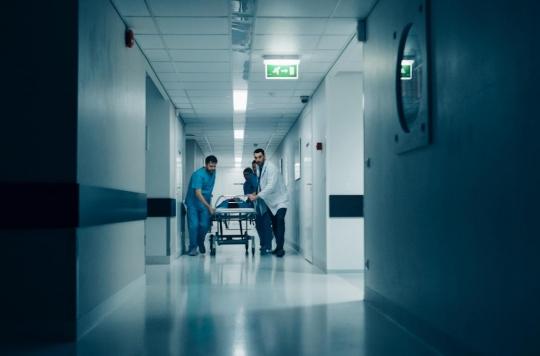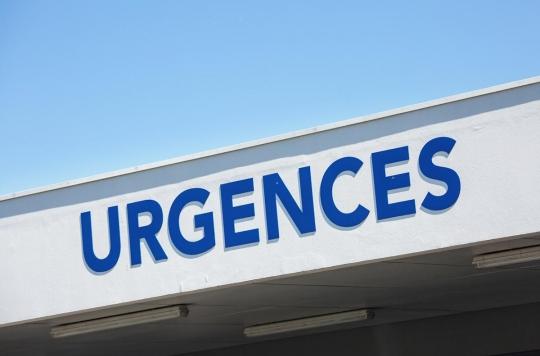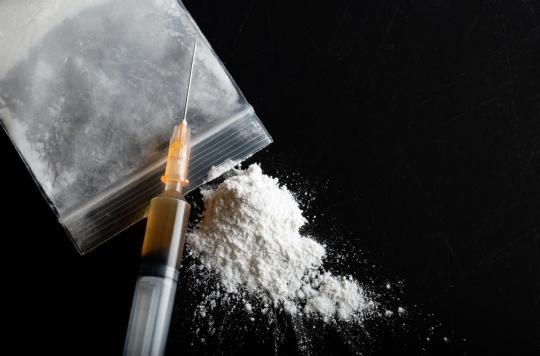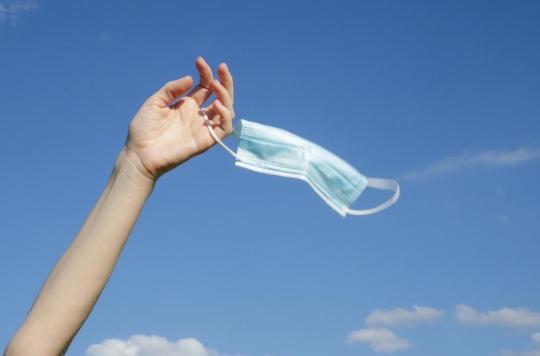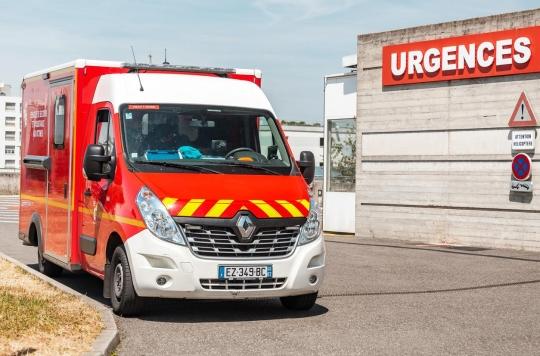It is a tradition of this night of December 31, especially in eastern France. But it is now banned in many regions because it is dangerous.

Grand-Est, Hérault, Pays de la Loire… firecrackers and fireworks are prohibited for the possession, transport and use by individuals. A controversial but logical decision, and not only linked to the attacks.
In 2016, in Bas-Rhin, 42 people were injured following the use of a firecracker according to the Bas-Rhin prefecture. Almost half were under 16 and the lesions affected the eyes or hands.
An imperative: no DIY firecrackers and use of professional fireworks to buy the necessary equipment. There are ready-to-use suitcases, but never forget that these are explosives and you are handling powder …
A party but a danger
Of course, an exploding firecracker is “funny”. Everyone has at least one or two childhood memories about this. The problem is that it is also sometimes dangerous.
Accidents due to firecrackers affect 9 out of 10 boys, between 10 and 14 years old in 50% of cases. These are mainly burns of the hands, but also of the face and especially of the eyes, as well as trauma to the ears.
The blast of the explosion throws incandescent particles, stone or wood debris at high speed, causing deterioration that is not always easy to repair.
Corrective surgery is on the war footing
Every year, hand and eye surgery specialists see too many victims arriving from the most powerful devices. Heavy consequences with several cases of complete and definitive loss of a must or of the vision of one eye, or even enucleations, that is to say the total removal of the eyeball.
It is estimated that more than half of the time firecracker injuries require hospital treatment, which means that this type of accident is serious… and that it is a bad place to spend Christmas Eve.
An often alcoholic context
Very often, it is not the firecracker that is directly involved but the context, the alcohol, the party, the fact that a young “fireworks” put the firecracker in another object, such as a glass bottle. These serious injuries are most often found in children from 1 to 4 years old who “assist” their older brother.
Prevention therefore also involves keeping spectators away in general, especially if they are very tipsy, and children in particular.
.









